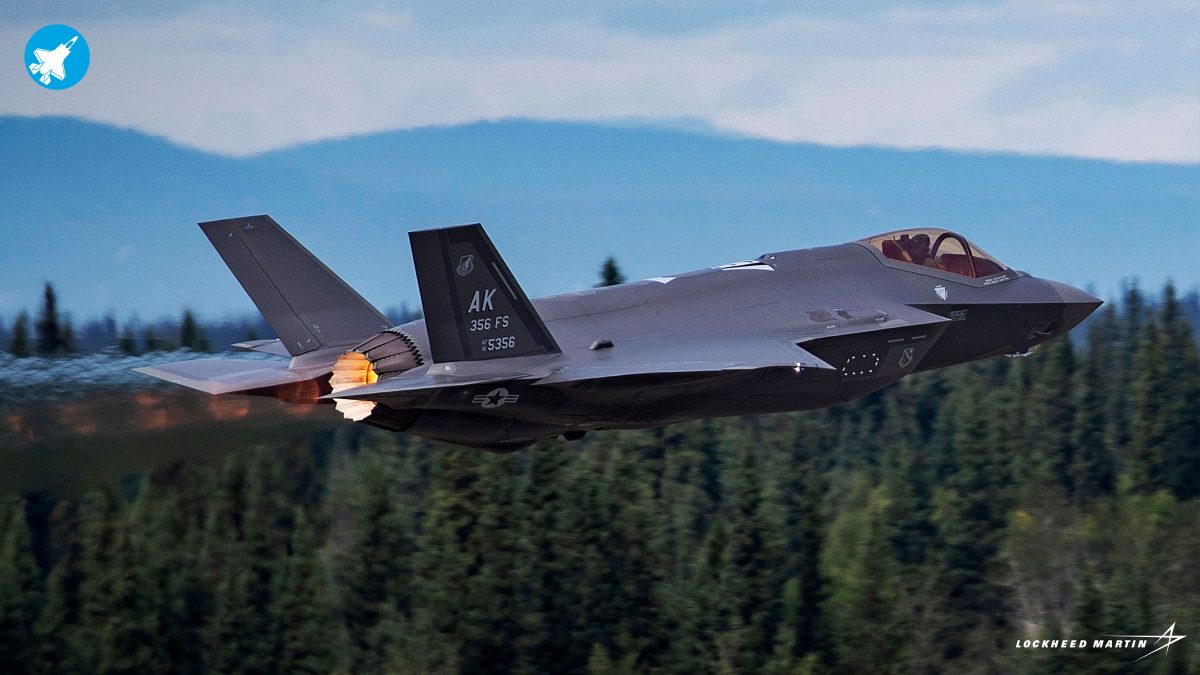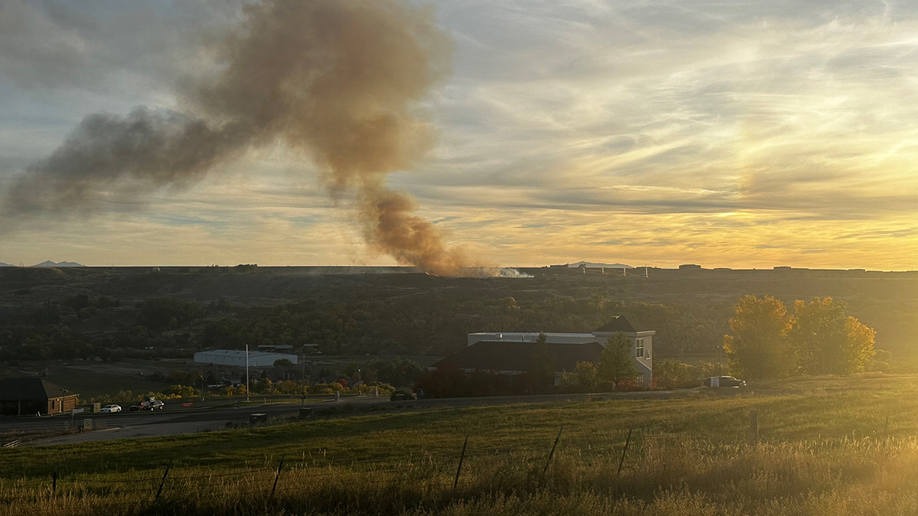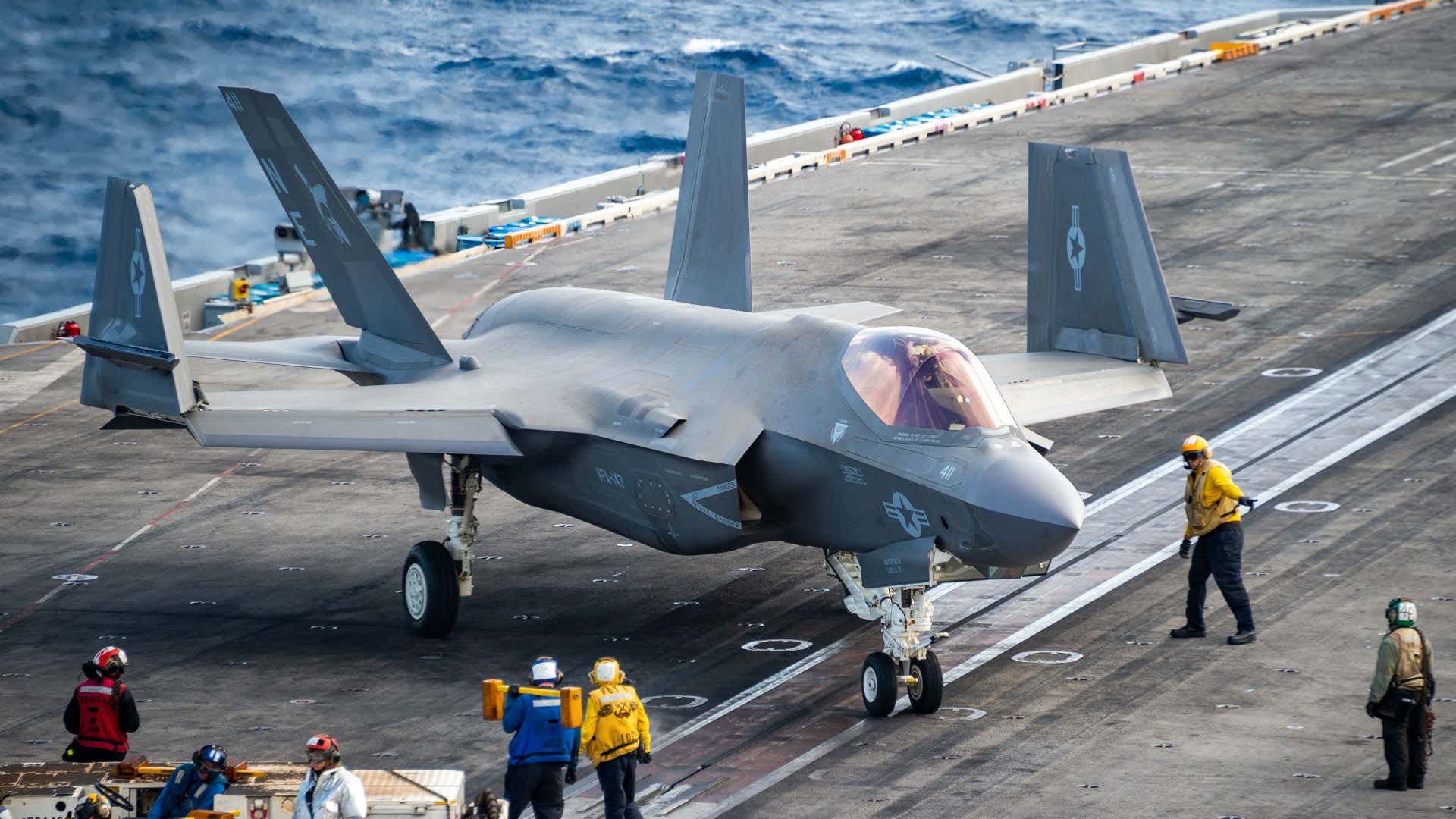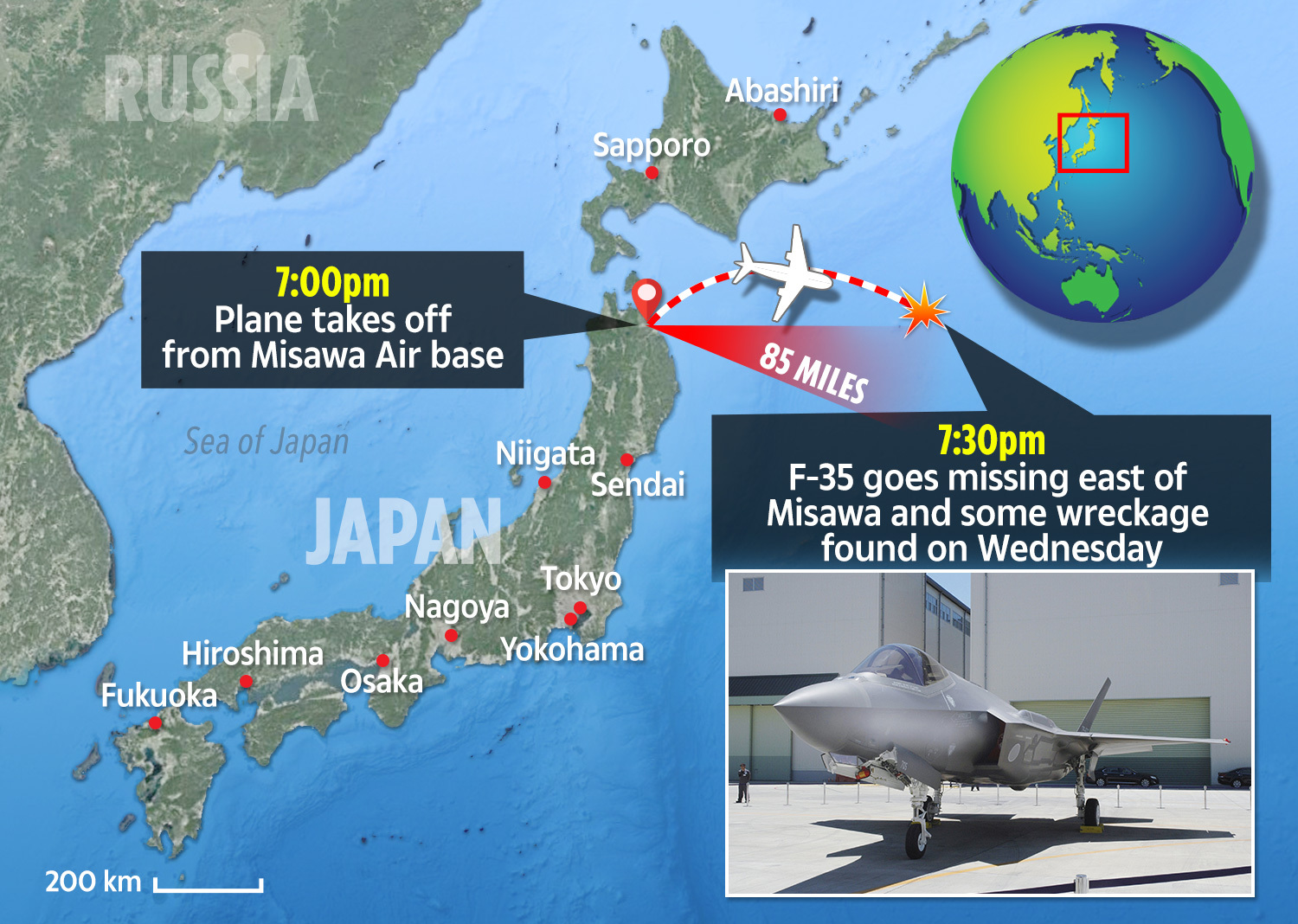Last week, an F-35A fifth-generation fighter jet crashed in the US state of Utah at Hill Air Force Base near Salt Lake City. While the incident was tragic and unprecedented, F-35 crashes are not uncommon for the US and allied Air Forces.
As F-35 crashes mount, rare crash recovery training has been launched by USAF.
The US Air Combat Command recently announced that the 388th Maintenance Group held a unique F-35 crash recovery course using a recently decommissioned, now-reassembled F-35A Lightning II.
In the five-day Crash Damaged or Disabled Aircraft Recovery course held at the behest of the F-35 Joint Program Office, 29 maintainers from various F-35 programs, sister services, and F-35 partner countries participated. The training included a collapsed nose gear, pilot extraction, and aircraft hoisting.
“This training is invaluable for not only our US military but also for our partner countries who operate the F-35,” said Master Sgt. Andrew Wilkow, instructor and one of the course designers.
“Unfortunately, occasional mishaps take place, which necessitates having personnel properly trained on recovery procedures and how to safely accomplish these tasks.”
The 388th Maintenance Group hosted a first of its kind, F-35 crash recovery course @HillAFBUtah recently, using a newly-retired, now reassembled F-35A Lightning II. @aircombatcmd https://t.co/X0nHUKgmxi
— U.S. Air Force (@usairforce) October 24, 2022
It is pertinent to mention that the F-35 is operated by Australia, Denmark, Israel, Italy, Japan, the Netherlands, Norway, the Republic of Korea, and the UK, in addition to the US Air Force, Navy, and Marine Corps.
Further, countries including Belgium, Finland, Germany, Poland, Singapore, Switzerland, and the Czech Republic have all made official announcements. The F-35 has been identified as Canada’s “preferred” option, and talks with Greece are progressing.
After the training was launched sometime around October 11, an F-35 went down in a crash in Utah on October 20.
“At approximately 6:15 p.m. [local time, 00:15 GMT on Thursday], an F-35A Lightning II crashed at the north end of Hill Air Force Base runway. On and off base emergency crews responded immediately,” the 388th Fighter Wing said on Twitter.

“It’s simply impossible to lift an operational jet with a crane, collapse the front landing gear, and then set the nose of the aircraft on the ground without significant risk of damaging it,” Wilkow said.
“Real-world, hands-on training can best be accomplished using a repurposed demonstration airframe.” The F-35 Joint Program Office and the 388th Maintenance Group rebuilt a retired F-35 that had been taken out of service in June, especially for crash training.
According to officials, the first CDDAR training course was successful, and the F-35 JPO has already received requests to attend further sessions. It was reported that the feedback from those who took the initial course was favorable.
@usairforce #Airmen & @USMC #Marines conducted joint training to test crash recovery capabilities by lifting an F-15 Eagle with an All-Terrain Crane. Click here for the full photo story! https://t.co/oLKffqg5oJ pic.twitter.com/MDJLXlSh8h
— PACAF (@PACAF) April 13, 2022
While it is a first for an F-35 Lightning II aircraft, the US Air Force has been conducting crash recovery drills for other fighters in its fleet.
The F-35 JPO personnel stated that this lesson would be very helpful in getting F-35 emergency responders ready for a disaster, given that the aircraft has had a heartbreaking record of crashes over the years.
F-35s Braving A Rough Patch
The Utah F-35 crash that happened last week was the third reported accident involving the F-35 stealth fighter in 2022.
The pilot ejected from the aircraft and was discharged after minor treatment. However, the crash, which is currently under investigation, caused an 8-10 acre brush fire.

Earlier, two F-35 fighter crashes were reported in January of this year. On January 4, the pilot of a South Korean F-35 performed an emergency “belly landing” at an airbase after the landing gear malfunctioned owing to technical difficulties.
While it was initially reported that the incident was caused due to the left engine intake of the South Korean F-35 suffering a bird hit, later, a detailed investigation into the aircraft’s avionics and the landing gear was also launched.
A few days after this incident, on January 25, a US Navy F-35C experienced a “landing incident” on the deck of the Carl Vinson aircraft carrier in the South China Sea in what was the first-ever crash involving the carrier variant of the fifth-generation fighter.
Incidentally, the accident occurred when the pilot was performing routine flight operations.

There have been several F-35 crashes, some of which led to the death of the pilots. During takeoff from HMS Queen Elizabeth in November 2021, a British Royal Navy F-35B short takeoff and vertical landing (STOVL) aircraft crashed into the Mediterranean Sea. However, the pilot ejected safely.
A US Air Force F-35 crashed during landing at Florida’s Eglin Air Force Base in May 2020. The pilot was taking part in a regular night training sortie when the tragedy occurred. According to the US Air Force, the accident was caused due to both the pilot error and the aircraft’s faulty systems.
The F-35A crash, according to an Air Force investigation, was primarily caused by an excessive landing speed, though other factors like flawed flight control logic, problems with the helmet-mounted display, the aircraft’s oxygen system, and inadequate simulator training also played a role in the accident.
A second crash occurred that same year in October. Following an air collision with a KC-130J in October 2020, a Marine F-35B aircraft crashed close to Naval Air Facility El Centro, California.
The mishap happened as the KC-130J tanker was refueling the F-35B in mid-air. The KC-130J performed an emergency landing close to Thermal, California, and the F-35B pilot could successfully eject from the aircraft.

During a nighttime training flight in September 2019, a Japan Air Self-Defense Force F-35A crashed into the water, killing the pilot.
According to the investigation, Maj. Akinori Hosomi was unlikely to have attempted to eject from his plane. The Japanese military attributed the catastrophe to spatial disorientation. Aspatially disoriented pilots can not accurately feel the position, attitude, altitude, or motion of an aircraft.
The first known incident was when a US Marine Corps F-35B crashed in South Carolina in September 2018. The incident occurred close to the town of Grays Hill on an island. The jet crashed during a routine training operation and was kept at Marine Corps Air Station Beaufort.
Before the crash, the Marine pilot could eject safely and escape significant injuries. The entire F-35 stealth jet fleet of the US military was subsequently grounded. A flawed fuel tube was found to be the root of the problem subsequently.
While the sale of this mighty fighter is only accelerating, there is also an increased rate of aircraft crashes. The crash recovery training could thus be a step in the right direction.
- Contact the author at sakshi.tiwari9555@gmail.com
- Follow EurAsian Times on Google News




